Canon 5D Mark3 and 1DX presentation and my sensations
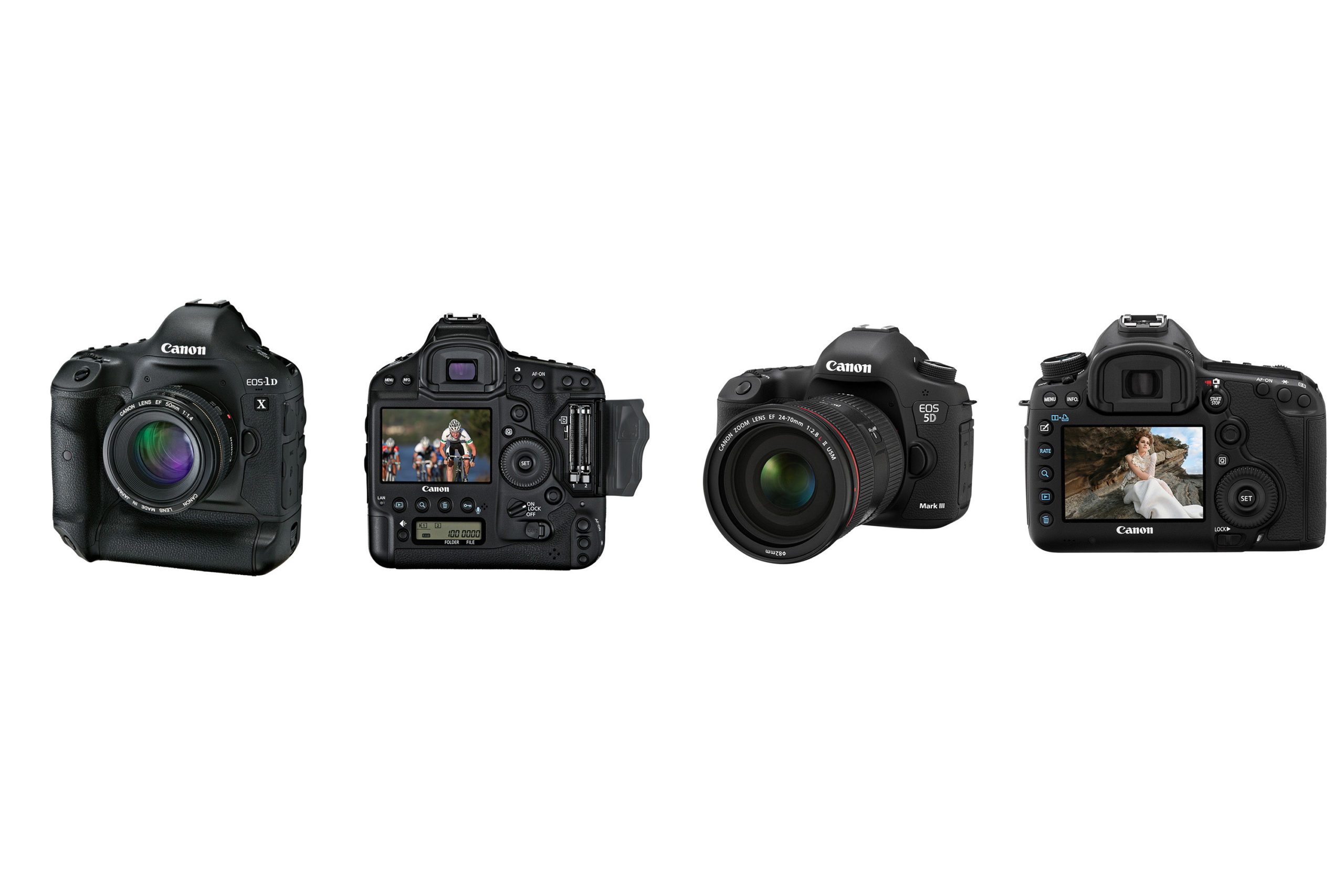
Today I have attended and as a Caborian reporter the presentation of the new Canon 1DX and Canon 5D Mark III cameras invited by Casanova Foto at their facilities at Ronda Universitat 35 (Barcelona). I have already attended a presentation in the past where some of the novelties of the brand’s flagship product in digital photography, the Canon 1DX, were discussed. This time I could already see and touch a unit of each model to see in “flesh and blood” what they look like and feel. I will try to convey in this article the sensations that both the presentation and the moment (brief, very brief) have given me that have allowed us to mess around with the machines. I would also like to point out that these are sensations above all, because both the units that were in the presentation were not final versions but pre-production ones and to make an assessment with more objectivity, rigor and knowledge of the cause it would be necessary to have them for a few days and put them to the test in different scenarios to know their behavior. I have preferred to combine the two cameras in the same article because I am sure that Canon would not disagree with me if I say that they are sisters and have a lot in common.
The body:
In both cases the buttons have been redesigned, the buttons have been redistributed and some of them have been modified. The 1DX now has two joysticks and if we add the grip on the 5Dmk3, we also have that second joystick. From my point of view, the 5Dmk3 is a new camera and very different from its predecessor. It only looks alike in name. It has been renovated both inside and out. I understand that this redistribution of buttons originates from the requests of the photographers. What has struck me most negatively is that the zoom in and zoom out function is no longer available (at least by default) with the buttons on the upper right side of the back of the camera. a direct button for 7D-style video recording. A gigabit ethernet port has been incorporated into the 1DX, which promises a faster file transfer than with usb. The two models share a 3.2 “screen that promises more toughness and less glare.
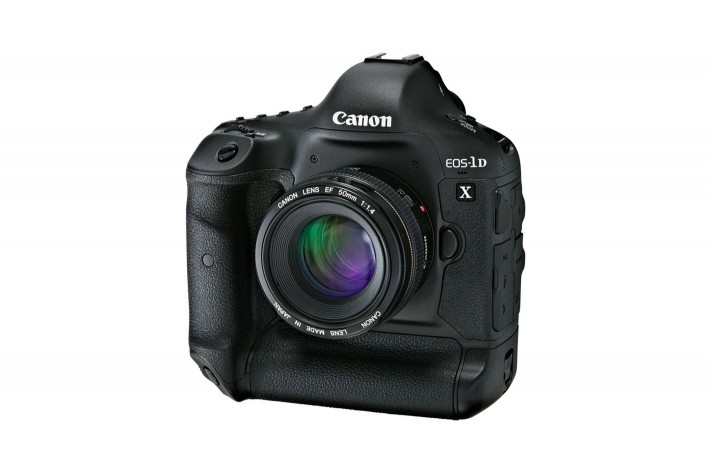
The technology:
When I said it was “another” camera inside, I was not exaggerating. For fans of versionology, both cameras carry the Digic 5+ image processor. The flagship model, the 1Dx, carries 2 of those processors and a third, a Digic 4 (like that of the 1D Mark IV) dedicated exclusively to measurement. In the 5D Mark III “only” has a Digic 5+ processor. In resolution they remain at 18.1 megapixels the 1Dx and 22.3 megapixels the 5Dmk3.
And what good is all this? The numbers, versions, bits, and layers of photosensors don’t really matter much to me. I like to see progress and improvements in tangible or appreciable things rather than stick with a figure. This new processor allows you to process photos faster, reduce noise compared to previous models, expand the dynamic range and facilitate the final result by applying new functionalities. One of them is real-time chromatic aberration correction. Another very interesting function due to its usefulness is to establish a “limit” shutter speed, thus affecting sensitivity in priority programs. Example: You set the minimum speed to 1/250 in the Av program so as not to have jittered photos, and if during the photo shoot there is a moment that needs more light, the speed will no longer drop more than that 1/250 that you have selected and then, it will automatically raise the iso value to properly expose the photo. Small details like this make life easier for the photographer.
A button has been added to the 5Dmk3 in the back to rate the photos, something quite useful if they get to insert it into the metadata of the photo so that they can be interpreted by software such as Lightroom, Aperture, Capture One …
The pentaprism in both cameras covers 100% of vision.
As discussed in the presentation, the Canon 1DX has the same noise at ISO 51,200! than 1DMark IV at 12,800. It has also been commented that in the case of the 5Dmk3 the dynamic range has been increased by approximately 2 points (depending on the situation).
The screen interface has gained a new element in the root menu, the “AF”, and that is that the two cameras now have a special menu dedicated to Autofocus. Judging by all the options that we have been able to see on the camera, it is now much more intuitive to select a focusing program that adjusts to the scene to be photographed.
About the fastest burst of the 1Dx compared to its predecessor, which reached 10fps, we must mention an important fact. Although it is capable of shooting at 14fps, it is under specific conditions, apart from selecting that burst mode, such as: having the mirror raised, in jpeg and at a maximum of 30,000 iso. When shooting in RAW, or in any of the situations other than those mentioned above, the burst speed it reaches is 12fps.
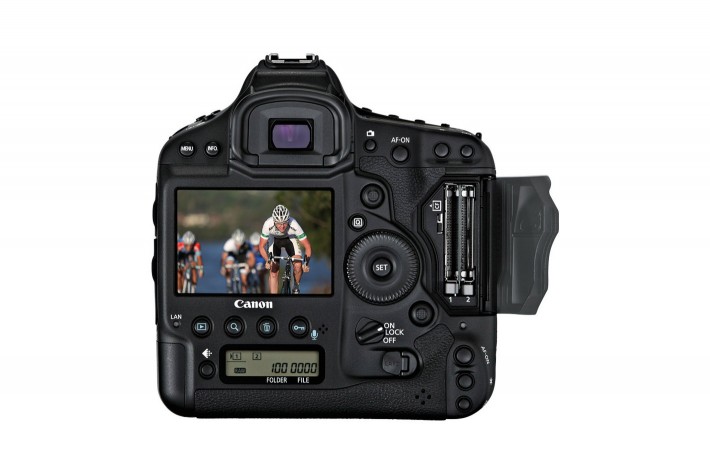
Autofocus:
If there is something special to highlight among all the novelties brought by the two cameras presented, it is undoubtedly the AF system. In the 1DX it has been a regular evolution in continuous evolution and has not disappointed this time. A completely new 61-point AF system with one of the two dedicated Digic 5+ processors is the main poster for this change. From its older sister, the 5Dmark3 has inherited its focus system (with some small “cutbacks”), which it lacked well since that part was the weakest point in the 5Dmark2, which in its day inherited from its predecessor Canon 5D without having no change made when 5D gave rise to 5Dmk2. That is why there is a lot of expectation since the new 5Dmk3 was announced around its new AF system because of the doubts if it will really be effective and because of the expected this change has been. At the moment I do not want to risk saying whether it is good or bad until I have it in my hands, but for everything they have said in the presentation, it promises a lot.
The new AF system has more focus points than any previous Canon, the frame is thinner and more responsive and is accompanied by a processor that allows you to configure endless details on how the camera has to work with the focus system. This is where the photographer has to also do a learning job to handle these settings with ease and to know how to use the most successful in each situation.
Another very interesting functionality within the AF section for those who like to have the equipment well-tuned and calibrated are the micro-adjustments of the lenses. Many lenses have small deviations from the autofocus and this menu allows us to correct this problem. The novelty is not this option, since other previous models already incorporated it. What’s new is that it is now possible to save the micro-settings for each target. If you use multiple 70-200s on the same body, you can save the micro-setting preset for each of them. They also now allow zoom lenses to select a micro adjustment for the widest focal length and a second micro adjustment for the most tele.
What I liked the least about the AF point system is that the focus points are still too much in the center although Canon staff have confirmed that these two cameras are more widespread than ever in previous Canon SLRs. On occasions I have missed portrait or landscape photography with relatively complex compositions, a point of focus that is further from the available ones so that I don’t have to risk re-framing, a highly inadvisable practice.
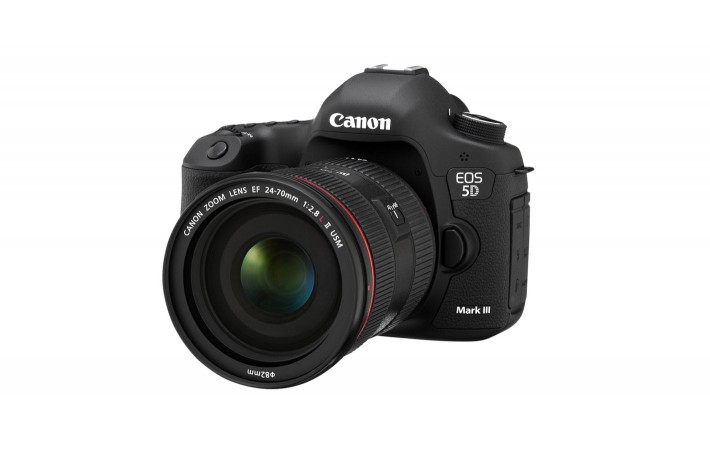
HDR:
As an exclusive novelty of the 5Dmark3, it incorporates a special function for taking photos in HDR. Within the “HDR” menu there are the different sections and with the following options:
– Adjust dynamic range: Disable HDR, Auto, + -1 EV, + -2 EV, + -3 EV.
– Effect: Natural, Standard Art, Living Art, Oil Art, Relief Art.
– Continuous HDR: Only 1 shot, Each shot.
– Auto image alignment: On / Off.
– Save original image: All images / HDR images only
We have seen some sample images made with this function and the truth is that at first glance they looked very good. It is great news for all landscape and architecture photographers, it can greatly lighten the workflow.
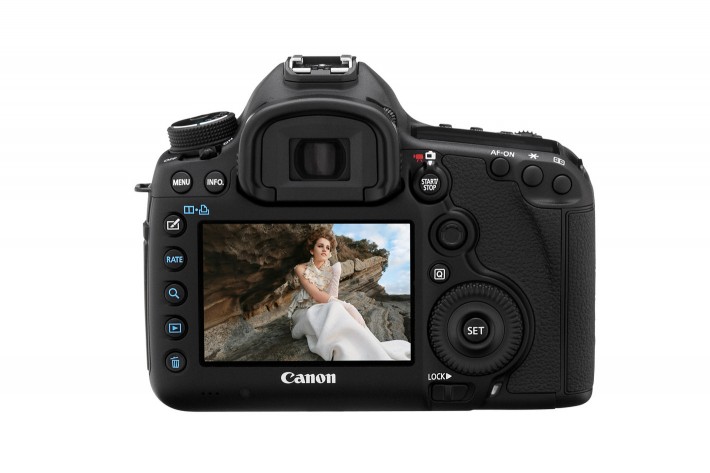
Video:
Negative point of entry for both because the possibility of recording at 50 or 60fps in 1080p is left in the basket. Control of settings during recording has been improved, with the camera dial being fully touch-free without having to move the wheel, making changes silently. It is possible to record in ALL-I or IPB format, and an electronic on-screen level has also been incorporated.
They have included in the 5Dmk3, after years of research and development, a minijack headphone output jack. Note the irony, but it is something to be thankful to everyone who works on video and it is important that they have included it. It is curious to note that the 1Dx has not incorporated a headphone output. I leave it there.
Batteries:
One of the best news, knowing how Canon usually works is that the batteries are compatible with those of their respective previous models. The batteries in the 1Dmk IV and 5D Mk2 are suitable for the 1DX and 5D Mk3 respectively. Of course, in the case of the 1DX batteries, they have been developed especially for it and need the new charger. Old batteries cannot be charged with the new charger nor new batteries with the old charger.
In the case of the grip of the 5Dmk3 it incorporates an additional joystick to the one that the camera already has and unlike the grip of the 5Dmk2, now the 2 batteries are placed inside a cartridge and it is inserted laterally from the left side seen from behind in the style of Series 1 cameras. In my opinion I did not like this change because now it is no longer possible to change a battery with one hand apart from being more inconvenient and slower.
Conclusions:
Canon has done a good job and it is a sample that it is very worthwhile for brands not only to listen to their users but also to apply their requests to new products. I think this time they have done a very good job with the focusing system that I am already looking forward to testing in depth. Luckily or unfortunately there is still a long way to go so that the photographer can do his job without having to navigate through tons of menus and can simply take photos.
Something that makes me a little nervous is the segmentation in the accessories section and the lack of integration. That each camera they take out has a different wifi transmitter to send the photos or a different GPS receiver (the latest models already have the option) is something that goes against the brand and the growth in their use. Many photographers work with a series 1 body and another of the 5 series and even with a 7D, a 60D … I do not understand why standardization work is not done, at least within the brand itself, on its accessories. It denotes a lack of criteria and vision of the future.
In my opinion, there are very few cases in which it is worth deciding on the 1DX instead of the 5Dmark3. These particular cases would be:
– photographer or agency with a very large volume of work and / or that give the camera a lot of harshness in harsh conditions due to both the treatment of the equipment and the weather conditions. Note that the focus system and body materials are stronger on the 1DX than the 5DMark3 and also that the average shutter life time on the 1Dx is 400,000 cycles and that of the 5Dmk3 is 150,000.
– photographer or agency that is critical to shoot at 12fps. If the percentage of jobs in sports activities that require the improved focus system of the 1DX do not reach 80%, I would opt for the 5Dmark3.
– for those who have pasta and do not care. Note that the 5Dmk3 has HDR mode that does not have the 1DX and headphone output. If you are one of those who is not the problem with pasta, it is best to buy both and that people notice that you do not have a crisis.
I can not think of other circumstances that justify paying about 3000 euros more for a 1DX. For all other situations, the 5Dmk3 is more than enough and an excellent camera.
For those who already have 5D mark2 I would recommend that if you can afford it, upgrade to mark3. They will be buying a good tool, very powerful and versatile and they can still get a reasonable price for the 5D mark2, which is still a very valid camera except in cases where you are working in an area of photography that requires a good focusing system to action photo, where mark2 totally loses the battle.
If the expectations and what Canon’s wanted to tell us are good, the 5Dmark3 even seems to be a good alternative to the 1D Mark IV, obviously saving the burst speed, of 6fps against 10 of the 1dmk4.
I hope I have clarified some doubts about these new cameras and that they will soon begin to be distributed to users to see how well these cameras work.
2 Comments
oriolmorte





Molt bé Oriol, Gran. review!
Que buen artículo, felicidades está muy completo, gracias por compartir todo esto con nosotros, nos ayuda mucho a saber las experiencias de tipo y marca de las cámaras. Pasare más de seguido por aquí.
Saludos!!
Novedades fotografia digital